Women's World Cup: Kits, crowds & coaching - how women's football has grown
- Published
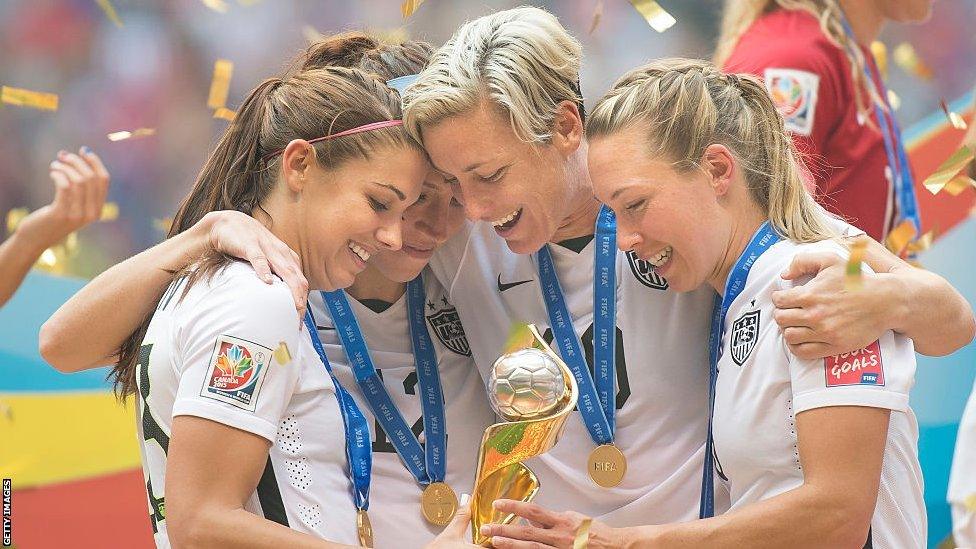
The United States are the current Women's World Cup champions and the most successful team in the tournament's history, having won three of the seven tournaments that have taken place
Fifa Women's World Cup |
|---|
Host nation: France Dates: 7 June - 7 July |
Coverage: Live across BBC TV and Red Button, Radio 5 Live & Sports Extra and the BBC Sport website & App |
The Women's World Cup kicks off in France on Friday, with the promise of being a watershed for the game.
Since the tournament began in 1991, the biggest party in women's football has increased in commercial, technical and cultural importance - although there is still a gender gap with the men's competition which needs addressing.
Here are six factors that explain how the game has grown.
Attendances and audiences on the up
Four years ago in Canada about 1.35 million people attended the World Cup's 52 matches.
Fifa, world football's governing body, expects a similar or better turnout in France, but executives in football's ruling body believe the TV viewing figures will easily surpass the 750 million people who watched the event four years ago.
In 1995, when the tournament was hosted by Norway, only 4,500 people attended each game on average, giving total attendance of a little over 112,000 people. And there was little television coverage.
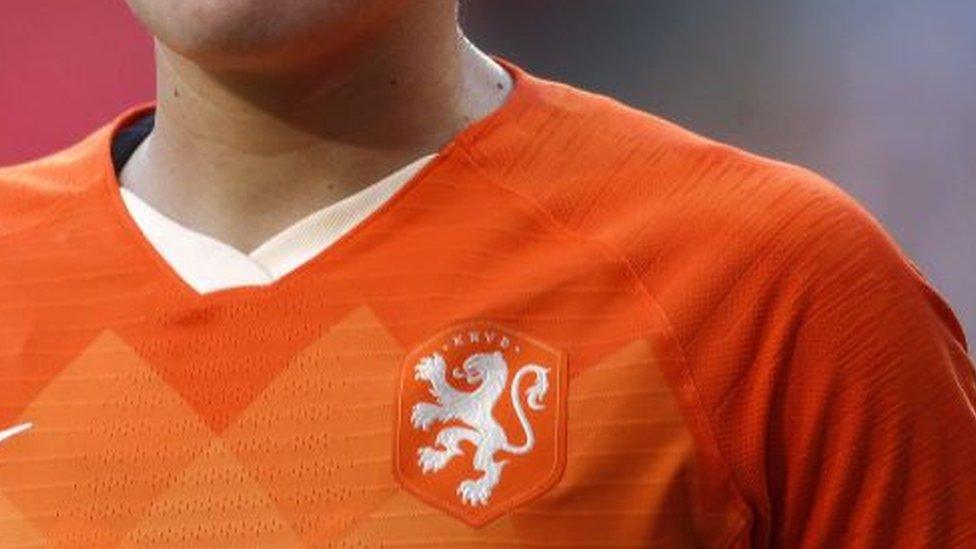
The Dutch women's team go into the tournament as European Champions, a tournament they won while wearing their new badge
The end of 'hand me downs'
The 2019 Women's World Cup marks the first time that teams will be wearing kits designed specifically for women, instead of "inheriting" shirts and shorts designed for men.
One example of this is the work done by Nike, which sponsors 14 out of the 24 teams who will play in France, including three-time winners the USA, hosts France, European champions the Netherlands and Brazil.
Research and design teams took into account women's different needs, such as ease of removal over long hair and shorts that are neither too revealing nor too restrictive.
The Netherlands' kit includes their exclusive logo - a lioness that was introduced two years ago to replace the lion used by their country's men's team.

Ada Hegerberg, the biggest star in women's football, earns over 325 times less than her male counterpart Lionel Messi and is boycotting the World Cup
Inequality remains but money is on the rise
Women's football lags far behind the men's game in terms of turnover and wages - the highest-paid female footballer, Norway's Ada Hegerberg, earns about $450,000 (£354,000) a year.
That is 325 times less than Barcelona and Argentina forward Lionel Messi earns, according to an annual survey published by France Football magazine
And while the 2019 tournament will have a record $30m (£23.6m) in prize money - double the 2015 pot - the winner's $4m (£3.1m) share is just 50% of the amount each of the 16 teams eliminated at the group stages of the last men's tournament in took home.
The disparity is behind Hegerberg's decision to boycott the World Cup. In 2017 she walked away from the Norwegian national team after growing increasingly frustrated with its set-up and what she called a "lack of respect" for female players.
"The more people give attention to equal pay, the easier it gets. I think we should look at ourselves and what we can do to develop the sport to increase the level and obviously that's to perform, to increase the level. That's our biggest job," she told the BBC in May.
Australian players have also complained to Fifa about the issue, and all 28 members of the USA's women's team are taking legal action against their national football association over the fact that they are paid less than the men's team.
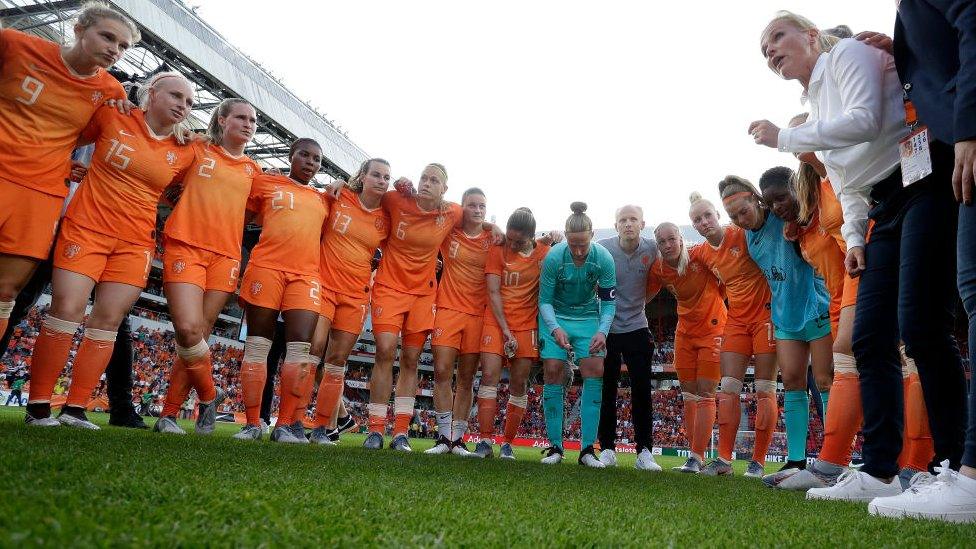
The Netherlands's coach Sarina Wiegman (in white) is one of the eight women in charge of a team in this World Cup
Women managers
According to European football's governing body, Uefa, about 80% of coaching jobs in the women's game in their region are held by men.
Also, 97% of the total number of coaching licences belong to men.
Against this background, the fact that eight out of the 24 teams playing in the Women's World Cup have a female coach, including leading contenders Germany and the USA, is a positive.
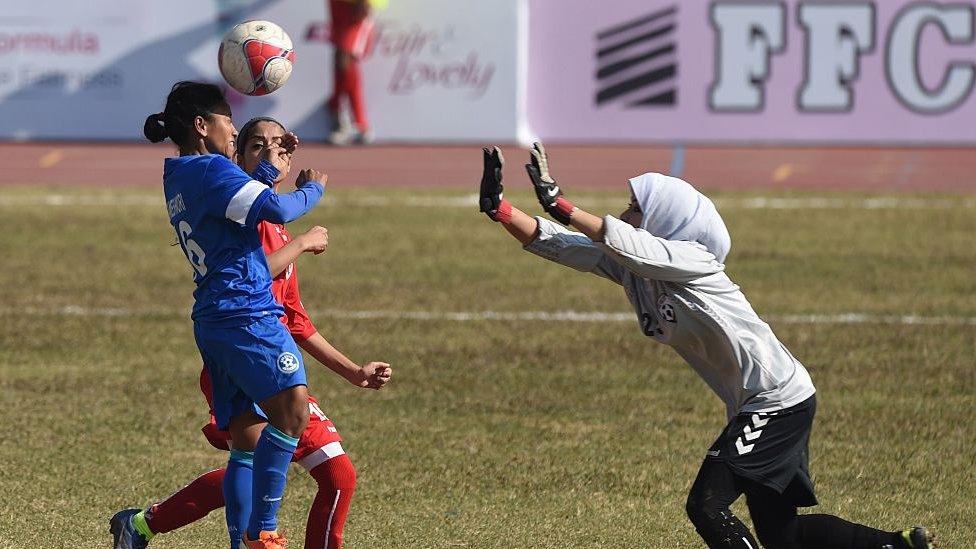
A little under 10% of the world's players are women
More girls and women want to play
Fifa estimates that over 30 million women and girls play football worldwide, and the number of amateur players has increased by more than 15% over the past decade.
But that number is just under 10% of the global total.
That more than half of the world's female players live in the US or Canada shows there is plenty of scope for this year's World Cup to inspire an increase in participation in regions like South America, where there are only a little over 250,000 players, according to Fifa.
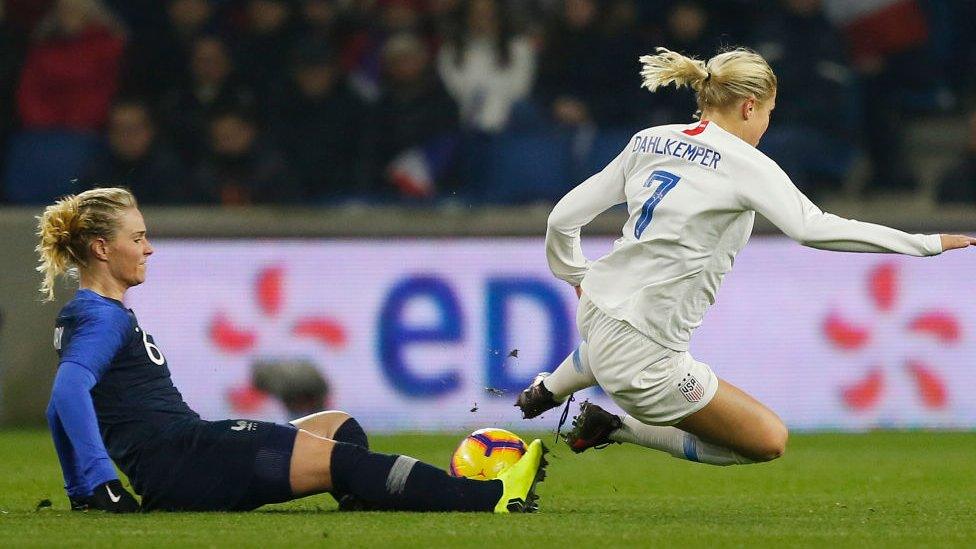
France beat the USA 3-1 in a friendly in January, their first defeat in more than a year
The playing field is more level
The USA might be the queens of women's football with their three world titles and four Olympic gold medals, but the playing field for the 2019 World Cup seems more level than ever.
Earlier this month, sports data firm Gracenote listed hosts France as favourites to lift the trophy with a 22% chance of victory.
Their squad has no fewer than eight players from Olympique Lyonnais, who have won the Champions League four years in a row, and whose stadium will be used to host the World Cup final instead of one of the grounds in Paris.
Gracenote's other top picks are reigning champions the USA (14% chance of victory), two-time world champions Germany (12%) and England (11%).
One of the surprise packages could be the Netherlands, the current European champions.